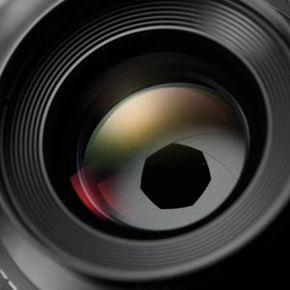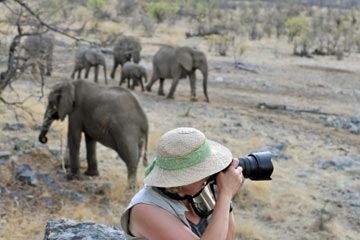Some photographs have such an impact that they have become part of our collective psyches: Lee Harvey Oswald, his face contorted in agony as he's shot by Dallas nightclub owner Jack Ruby; Marines raising an American flag on Iwo Jima in the Pacific during World War II; the mighty airship Hindenburg going down in flames in a New Jersey airfield. While the stories of these happenings are powerful on their own, the impact just wouldn't be the same without the work of the action photographer.
No one would argue that there would be few great photographs without great photographers. While luck does play a role, a photographer must have an eye -- the ability to know what would make a good shot and the skill to use her resources to get it. Timing is also important. A good photographer must have not just the ability to capture the moment, but the foresight to anticipate it. Knowing to click the shutter just a tiny fraction of a second before the action happens is essential.
Advertisement
But all the talent, luck and knowledge in the world won't get the shot if the photographer's equipment isn't up to scratch. A point-and-shoot, disposable cell phone camera will work just fine to take a few shots of you and your friends. But it won't be sufficient to capture your nephew's game-winning slide into home plate or your Labrador's dive into the lake from the dock.
To capture action, you need special equipment, and the shelves at the camera store can be bewildering. But don't worry -- all you really needed is a good adjustable camera, a telephoto lens and a flash unit. You don't have to spend a fortune, and today's digital technology makes calculating focal lengths and f-stops a thing of the past. Keep reading, and we'll explore what it takes to get you shooting like a pro.
Advertisement





